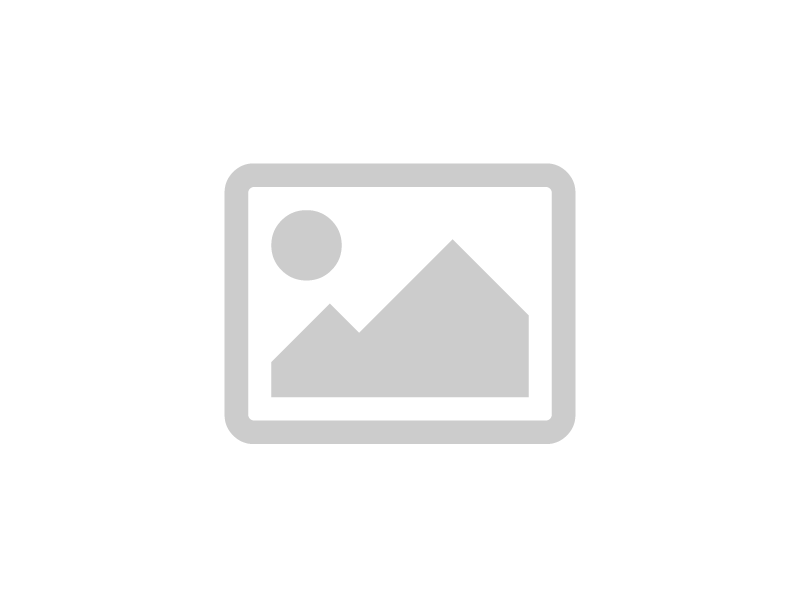
ICMR-NIN launches Nutrition Atlas in online and interactive form

NIN Director Dr R. Hemalatha launched the application available at www.nutritionatlasindia.in or www.nurtritionatlasindia.com.
The interactive tool has brought together vast nutrition-related data from different authentic national surveys from the past and present in one place. This web application has been developed by a team led by Dr Subba Rao M. Gavaravarapu, head of the Nutrition Communication Division as a one-stop ready-reckoner that enables users to access nutrition data on one platform from different time points by age, gender, physiological groups, and geographies and visualise them in an easily understandable manner.
"Nutrition Atlas 2.0 is designed to be a state-of-the-art standard web-based dashboard application with an interactive user interface made using advanced technologies. It allows users to geo-visualise and compare a given nutrition indicator from multiple surveys and timepoints simultaneously. All data is accompanied by a succinct description of data sources, links, references, methods of data collection," said Dr Hemalatha, who is also co-ordinator of the project.
"The Nutrition Atlas concept was initially launched as a very rudimentary web application in 2017, but now with all the new data available this stands as a platform that provides complex statistical data on the nutrition and health profile of the population of India from diverse sources on a single web application," said Dr Vishnu Vardhana Rao, former director of ICMR-National Institute of Medical Statistics (NIMS), New Delhi who coordinated the project along with NIN team.
The data available on Nutrition Atlas 2.0 are sourced from various national-level databases like National Family Health Surveys, District Level Household and Facility Surveys, Annual Health Surveys, National Nutrition Monitoring Bureau Surveys, Comprehensive National Nutrition Survey, and Longitudinal Aging Study in India.
"Time trends of nutrition status and diet-related NCDs are provided along with a comparison between different timepoints and databases. The charts, geo-maps, and tabular data visualised on the dashboard can be downloaded in multiple file formats like PDF, PNG, JPEG, SVG and PPTX for use in academics, research, media and education. The portal’s ‘nutri-education’ component serves as a nutrition education resource for visitors with ready-reckoner-like information on dietary recommendations, nutrient functions, sources, and values of important nutrients of raw foods," said Dr Subba Rao.












